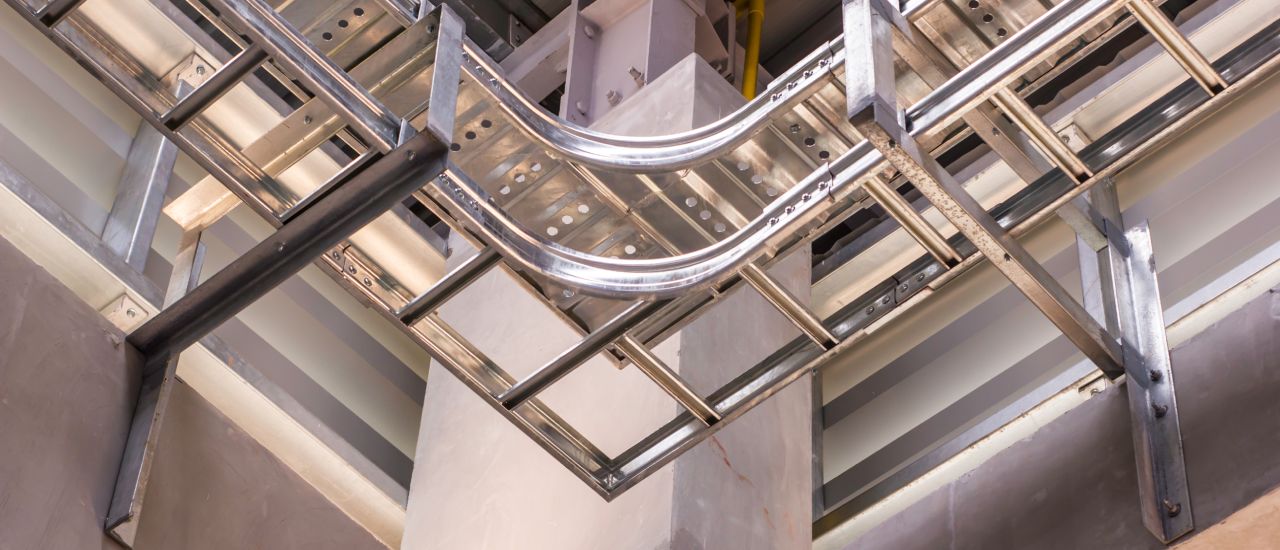Hot Dip Galvanizing vs Pre-Galvanized: Best Practices for Installing Technical Equipment

In the conditions of hot climate, high humidity and salty sea air of the Middle East, the stability of engineering systems directly depends on the materials chosen. One of the key factors determining the service life of metal structures is the galvanizing method. In practice, two main methods are used — pre-galvanizing and hot dip galvanizing in Dubai. Despite the external similarity, the differences between them significantly affect the durability, corrosion resistance and economic efficiency of the equipment.
The principle differences
Hot dip galvanizing is performed after the product is manufactured. The finished element is completely immersed in a bath of molten zinc at a temperature of about 450°C, resulting in the formation of a durable Fe-Zn metallurgical alloy. The thickness of the protective layer reaches 45-85 microns, which provides long-term protection against rust and mechanical damage.
Pre-galvanizing, or mill galvanizing, occurs earlier, at the stage of sheet steel processing. The material is coated with a thin layer of zinc (on average 15-30 microns) before it is cut and formed into a finished product. This method provides a smooth and aesthetic coating, but the exposed edges and welds remain unprotected, which shortens the service life when used outdoors.
Corrosion resistance and service life in the UAE climate
Corrosion is the main enemy of technical installations, especially in the coastal areas of Dubai, Abu Dhabi and Sharjah, where humidity and salt fog accelerate the destruction of metal. According to the results of ASTM B117 tests, hot-dip galvanizing coated products can withstand salt mist for up to 2000 hours without traces of corrosion, while pre-galvanized structures begin to oxidize much earlier.
On average, hot-dip products like a hot dipped galvanized cable tray last 15-20 years even at high humidity, while pre-galvanized elements require replacement after 5-7 years. This data has been confirmed during the operation of cable trays and channels in marine climate zones.
The thickness of the layer is of particular importance. The more microns of zinc, the higher the corrosion protection class according to BS EN 61386. For facilities in the UAE, products rated Class 4 or Class 5 are recommended, providing "high" and "very high" protection.
Mechanical strength and mounting standards
When installing technical equipment in industrial and infrastructure projects, it is important to take into account not only protective properties, but also mechanical stability. Pipes and cable trays that have undergone hot-dip galvanizing are more rigid and can withstand increased loads of up to 75 kg per meter with spans up to 2 m.
According to BS 4568 and ISO 1461, Class 3 and Class 4 GI conduits are used when installing electrical cable systems. Class 3 is suitable for light and medium indoor use, while Class 4, which has been fully hot-dip galvanized, is used for external and underground installations.
An important aspect is the compensation of thermal expansion. ITemperature can range from +20 to +45C in the UAE, which causes a linear change in the length of the metal. It is recommended to install expansion joints every 30 meters of the straight section to avoid deformation and rupture of the joints.
Cost-effectiveness and maintenance
Initially, pre-galvanized products are 10-20% cheaper, but in the long run, hot-dip galvanizing shows a significantly more profitable result. According to the contractors' analysis, maintenance savings reach 30% over a ten-year period, as hot-dip galvanizing minimizes the need for repairs and replacements.
To maintain the protective properties, it is sufficient to carry out quarterly visual inspections, twice a year that includes inspection of connections, and annual grounding testing. If scratches or surface damage are found, it is recommended to use a zinc-enriched spray that restores the anti-corrosion layer.
This preventive approach ensures the reliability of electrical and mechanical systems for decades, reducing the risks of short circuits and equipment failure.
The choice between hot-dip galvanizing and pre-galvanizing is not only a matter of cost, but also of strategic life cycle planning. For projects in the UAE, where metal is exposed to moisture, salt and extreme temperatures on a daily basis, hot-dip galvanizing is becoming the standard of reliability.
A thick layer of zinc (up to 85 microns), a durable metallurgical alloy, and full coverage of all faces and welds make hot-dip galvanizing the optimal solution for cable trays, conduits, technical racks, and supports. It provides not only corrosion resistance, but also the preservation of electrical continuity, mechanical strength and aesthetic appearance for many years.
For UAE engineering and construction companies, this is not just a technological choice, it is an investment in the durability and safety of infrastructure operating in the harshest climatic conditions of the region.
